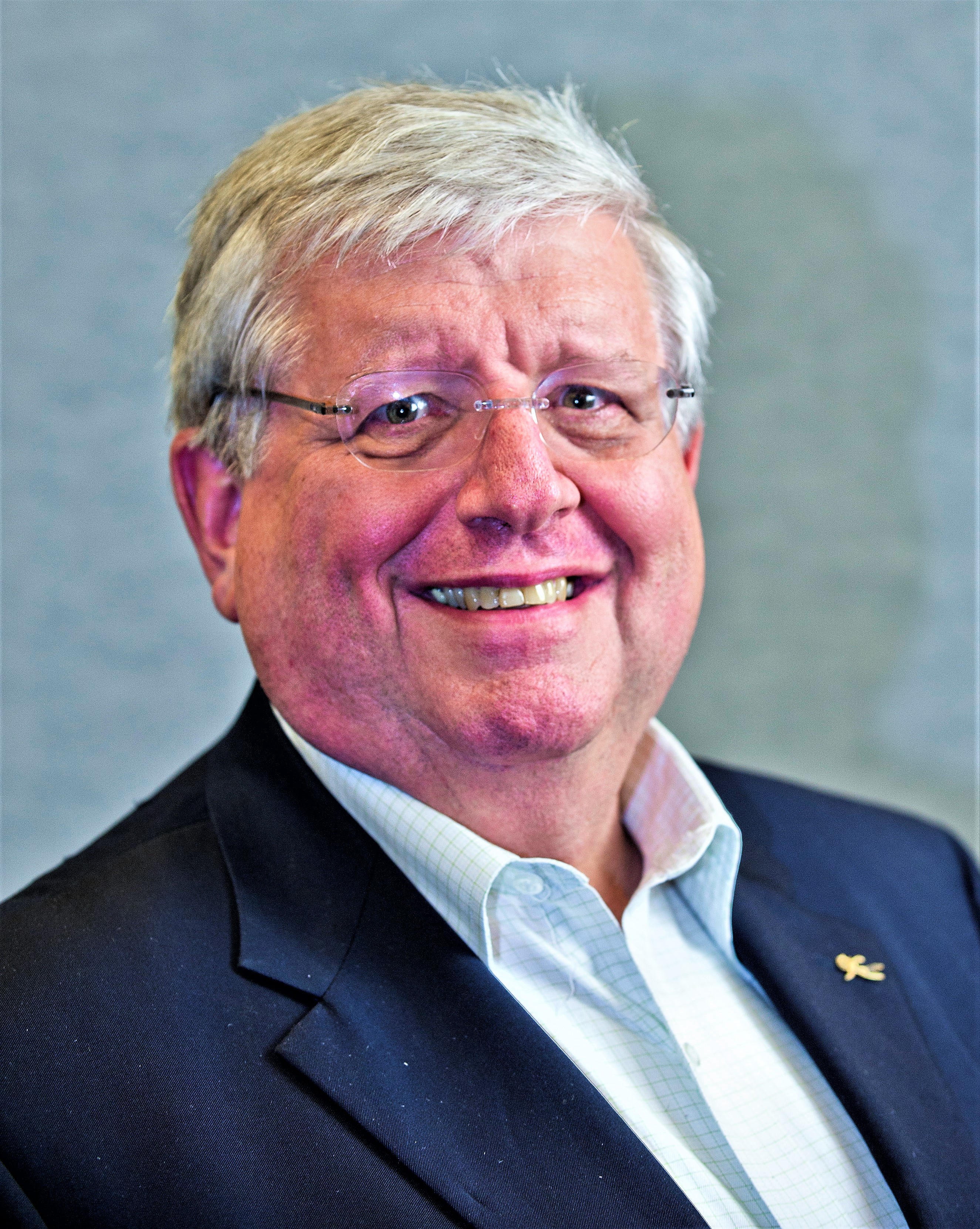Poppy Crum, PhD
Chief Scientist, Dolby Laboratories, Adjunct Professor, Stanford University

Crum is “a big thinker” about media optimization and the communications environment with years of detailed technology experience. From ITU and CTA standardization efforts and work on ATSC consumer efforts to HDR imaging and immersive technology innovation, she has helped develop new consumer experiences.
Crum enjoys examining topics such as “creative intent” and the “human technology connection” leveraging her background as a neuroscientist and technologist.
“As a technology company, we are about delivering creative tools that allow artists, developers and producers to tell the human stories they want to convey in the richest ways possible,” she said. “The methods we can use to do that are rapidly changing with the proliferation of on-device and in-home sensors paired with machine learning and AI.”
At Dolby, Crum has spent the last decade integrating neuroscience and data science into algorithm development, technology strategy and redefining immersive experiences. At Stanford, she harnesses immersive environments, like gaming, AR and VR, to impact neuroplasticity and learning.
“Ray Dolby understood the importance of modeling human perception in building technology,” Crum said, and her career arc fits that framework. She worked in broadcast as a technical engineer and on-air presenter at a local NPR station in Iowa. With advanced degrees in experimental psychology and neuroscience, she was research faculty in biomedical engineering before joining Dolby — all, she says, “to better understand human experience.”
“Personalization is key to our future,” Crum believes. “It’s an important part of ATSC 3.0, [which includes] formats that support personalization. Our environments, bodies, devices and engagement are all dynamic when we experience content. Personalization is key to bringing these together to improve experiences for each of us.”
Crum has co-authored 10 patent families connected to about three dozen patents, is a board member of CTA and has served on DARPA’s Defense Science Research Council.
Get the TV Tech Newsletter
The professional video industry's #1 source for news, trends and product and tech information. Sign up below.
“If you’re too comfortable or confident, you’re probably not paying attention. Check yourself,” she advised. “Be comfortable being the only one who believes. Then spend your time as your own worst critic. It’s empowering.”
Gary Arlen, a contributor to Broadcasting & Cable, NextTV and TV Tech, is known for his visionary insights into the convergence of media + telecom + content + technology. His perspectives on public/tech policy, marketing and audience measurement have added to the value of his research and analyses of emerging interactive and broadband services. Gary was founder/editor/publisher of Interactivity Report, TeleServices Report and other influential newsletters; he was the long-time “curmudgeon” columnist for Multichannel News as well as a regular contributor to AdMap, Washington Technology and Telecommunications Reports; Gary writes regularly about trends and media/marketing for the Consumer Technology Association's i3 magazine plus several blogs.

